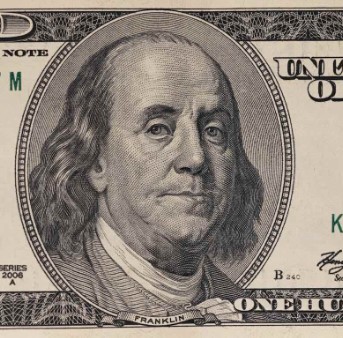How the US Dollar Became the World Currency

Photo is illustrative in nature. From open sources.
The US dollar is one of the most common and important currencies in the global economy. Its status as the world's reserve currency is due to a number of factors, the history of which goes back more than a hundred years.
The origins of the dollar as a world currency go back to the 19th century, when the United States of America became one of the largest economic players in the world. In 1944, at the Bretton Woods conference, it was decided to create an international monetary system based on the dollar and gold. The dollar was pegged to gold at a fixed rate, making it the key currency for international payments.
However, in 1971, US President Richard Nixon announced the suspension of the conversion of dollars into gold, which led to the final abandonment of the gold standard. This event marked a turning point in the history of the dollar as a world currency, as it became a “paper” dollar, not backed by gold.
Since then, the dollar has remained a key global currency due to a number of factors. First, the economic strength and stability of the United States makes the dollar attractive to investors and central banks of other countries. Secondly, the dollar is used for settlements in international trade and finance, which also strengthens its position as a global currency.
However, the dollar's status as a global currency is not without risks. Possible fluctuations in the dollar exchange rate, changes in US economic policy and global economic crises may affect its stability. Therefore, countries and economists are actively discussing the possibility of diversifying world reserves and creating alternative currency systems.
Thus, the history of the emergence of the dollar as a world currency is connected with economic, political and historical factors. Despite challenges and changes, the dollar remains one of the most important currencies in the global economy, playing a key role in international financial relations.
Read together with it:
- Service of Currency Exchange Rates in the cities of the Republic of Belarus in JSON formatWe have launched a new service - currency exchange rates in branches of the Republic of Belarus . Currency exchange rate service in the cities of the Republic of Belarus: convenience and reliability In the modern world, currency exchange is an integral part of travel, business trips and everyday life. The Republic of Belarus offers a variety of currency exchange services that provide convenience a...

